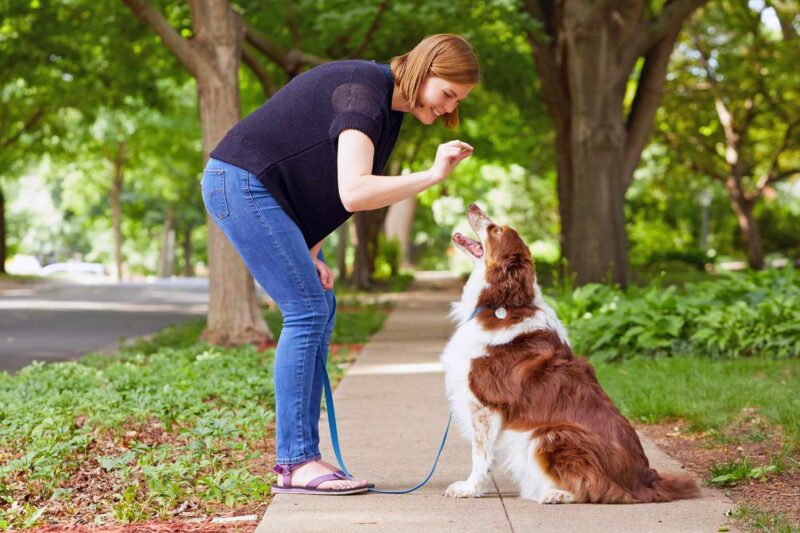Training a dog is one of those topics everyone has an opinion on. Some folks say it’s a breeze, others find it as challenging as learning a new language. In my experience, the truth sits somewhere in the middle. Training a dog isn’t necessarily hard, but it does require patience, consistency, and, most importantly, a good bit of empathy. After all, each pup has its own quirks and personality, and understanding what makes them tick is key.
Let’s explore what goes into training a dog, from tips for beginners to handling different personalities, and even a few tricks for those “untrainable” breeds.
Set Realistic Expectations
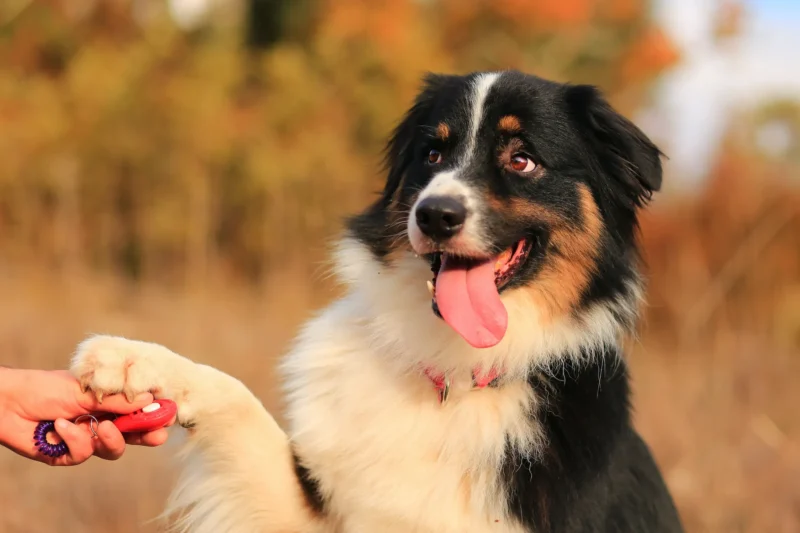
Training a dog isn’t an overnight thing. Some commands may take a few days, while more complex tricks could need weeks. And, yes, there will be setbacks! But when you know that going in, the frustration tends to ease up a bit. Remember, every pup learns at its own pace, and not every dog will be a show-ready performer. And that’s perfectly okay.
Essential Commands Every Dog Should Know
Starting with basic commands is always a smart move. Not only do these build a solid foundation for more complex tricks, but they also help establish communication between you and your dog. Think of these as the ABCs of dog training.
- Sit: This one’s typically easy and gives your dog a bit of calm in the face of excitement. It’s also useful when you need your dog to settle down before a meal or while meeting strangers.
- Stay: Essential for keeping your dog safe, especially if you’re in a crowded area or near a busy road.
- Come: You’ll use this one constantly, so make it fun! Reward your pup every time they come, and avoid using it to call them for something they dislike (like bath time).
- Leave It: This is a lifesaver, particularly if you’ve got a pup who’s curious about everything from socks to street food. Training them to leave something on command prevents potential mishaps.
Consider professional help. If you’re dealing with persistent issues, these trainers can provide valuable guidance.
Different Dogs Require Different Methods
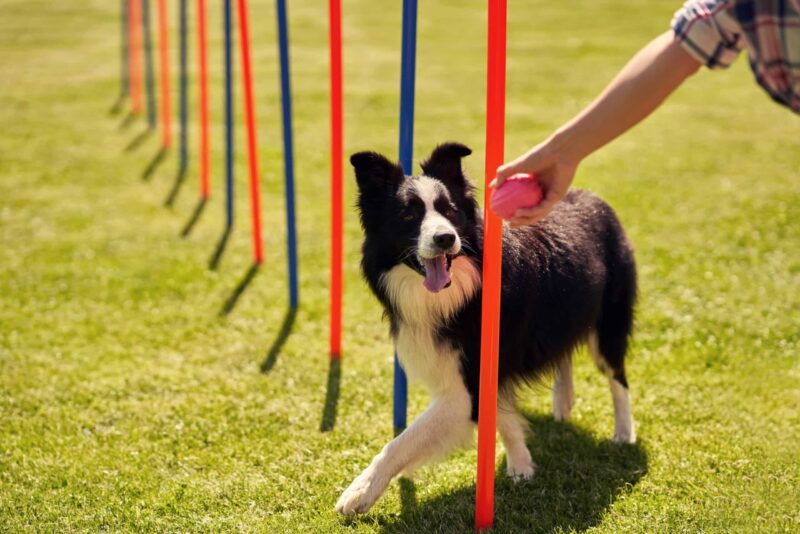
Just like people, dogs have their own unique personalities. Some breeds are known for their eagerness to please, while others tend to be a bit more independent. Here’s a quick look at how you might approach training for different types of personalities.
The Eager-to-Please Pup
Dogs who are naturally motivated to make you happy, like Labradors or Golden Retrievers, usually catch on pretty quickly. Positive reinforcement works wonders with them—treats, belly rubs, and lots of praise go a long way. For these dogs:
- Be consistent with rewards. Reward them right away when they follow commands.
- Keep sessions short. Their attention might wander, so keep training in short bursts.
- Use a happy tone. They respond well to your energy, so an upbeat tone can be all the encouragement they need.
The Independent Thinker
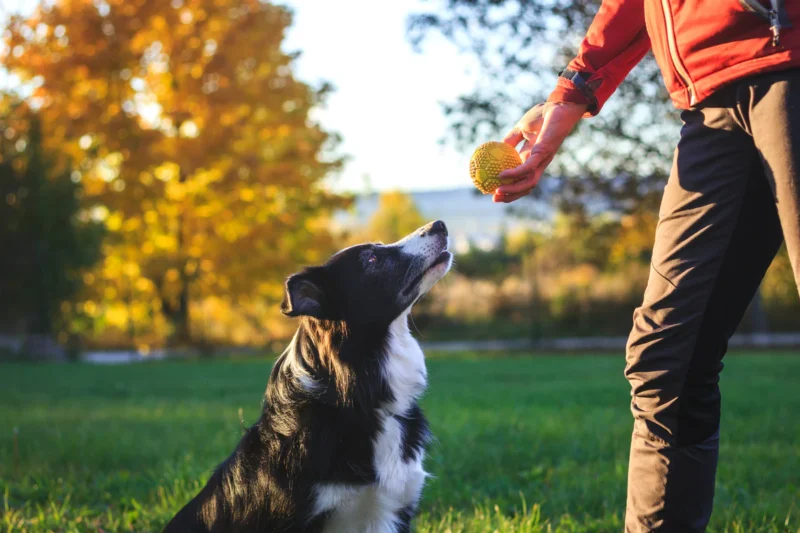
Some breeds, like Huskies or Shiba Inus, are known for their strong personalities and independent streaks. They’ll often question why they’re being asked to do something and may decide not to obey if they don’t see the point.
For these dogs, patience is the name of the game. Here are a few tips:
- Use high-value rewards. Find what really motivates them—be it treats, toys, or a favorite activity.
- Stay calm and consistent. Independent dogs will test boundaries, so clear and consistent rules make a difference.
- Avoid frustration. It can be tempting to push, but forcing commands won’t work with these dogs. Gentle persistence wins out here.
The Easily Distracted Pup
Some dogs seem to have their nose in everything—literally! Breeds with high prey drives, like Terriers and Beagles, often find themselves more interested in their surroundings than in training.
Here’s how to handle a pup who’s easily distracted:
- Limit distractions during training. Start in a quiet room and gradually introduce more distractions as they progress.
- Use their natural curiosity. Incorporate things they’re curious about into training as rewards.
- Practice patience. These pups need more repetition and reminders, so hang in there.
Potty Training Tips
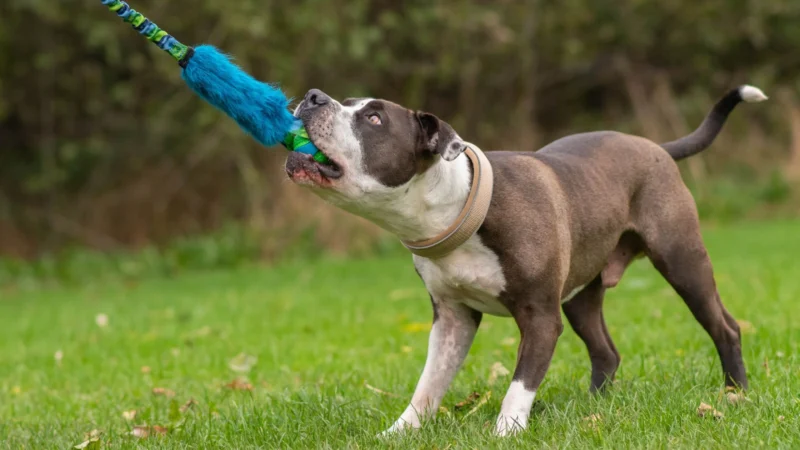
For many new dog owners, potty training is the first big hurdle. It can be tricky, but with consistency, most pups catch on fairly quickly.
Create a schedule
Dogs thrive on routine, so take them out at the same times each day, like first thing in the morning, after meals, and before bed.
Praise immediately
When they go outside, give them a reward right away. They’ll quickly connect the behavior with positive reinforcement.
Use a designated potty spot
Dogs use scent to remember locations, so having a specific area for potty breaks can speed up the training process.
Watch for signs
Sniffing, circling, or whining are often signs that they need to go. Be proactive and take them out when you notice these behaviors.
How to Deal with Setbacks
Maybe your pup was doing great with commands, and suddenly, they act like they’ve never heard “sit” in their life. Or perhaps they’re back to chewing things they shouldn’t. Setbacks are normal, and they don’t mean you’re failing. They’re just part of the process.
Sometimes, it’s a matter of changing the approach. If treats aren’t working, try a toy reward or switch up the environment.
Stay patient
Dogs are like us—they have off days too. Keep a calm attitude, and avoid punishment, which often only confuses them.
The Importance of Socialization for Your Dog

Training isn’t all about commands and tricks, socialization is just as crucial. A well-socialized dog is generally more confident and less reactive in unfamiliar situations.
It Reduces fear and anxiety
Meeting new people, animals, and environments helps dogs feel more secure.
Improves behavior
Socialized dogs are less likely to exhibit aggression or fear-based reactions.
Encourages flexibility
The more they’re exposed to new situations, the better they handle changes in routine.
Tips for Proper Socialization
- Start slow. Introduce them to new experiences gradually—loud noises, unfamiliar places, or different animals can be overwhelming if they’re introduced too quickly.
- Reward positive interactions. When they respond calmly to a new situation, offer praise or a treat.
- Be mindful of their comfort level. Not all dogs are social butterflies, and pushing them too hard can have the opposite effect.
Fun Tricks to Keep Training Exciting
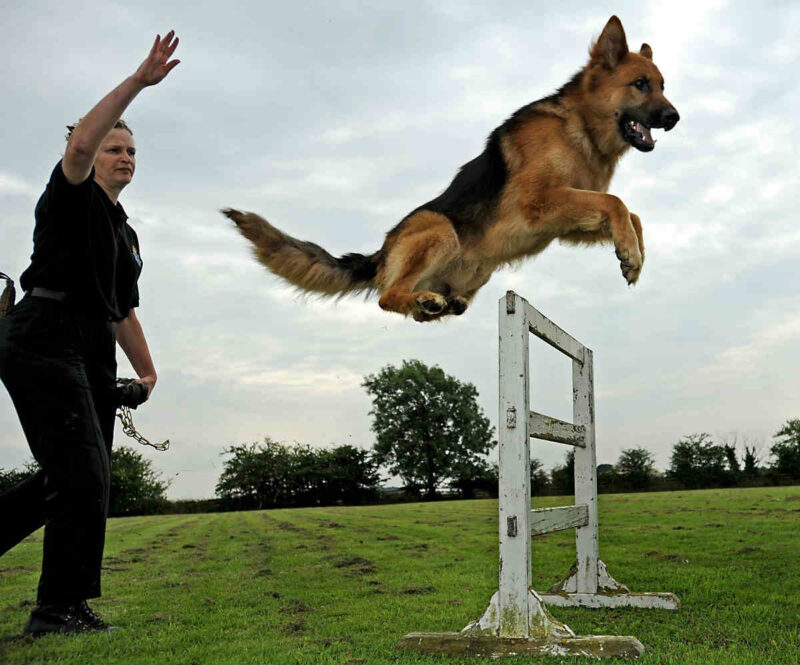
Training doesn’t have to be all about discipline; it can be fun too! Once your dog has mastered the basics, consider teaching them a few entertaining tricks. This keeps their mind active and makes training sessions something you both look forward to.
Shake hands
This one’s usually a hit at social gatherings and fairly easy to teach.
Spin
Start by guiding them in a circle with a treat, then add the command “spin.”
Play dead
Teaching them to “play dead” on command can be entertaining for both of you.
Final Thoughts
The bond you create with your dog through training is one of mutual trust, respect, and companionship. As someone who’s been through the ups and downs of dog training, I can say that the effort is worth every moment.
In the end, the key to training any dog—regardless of breed or personality—is compassion. Meet your dog where they are, celebrate small wins, and don’t sweat the setbacks too much. Each day, you’re building a happier, healthier life together.

